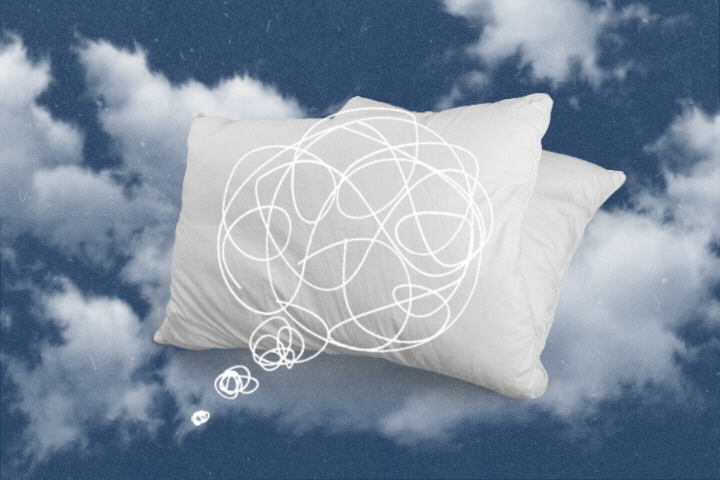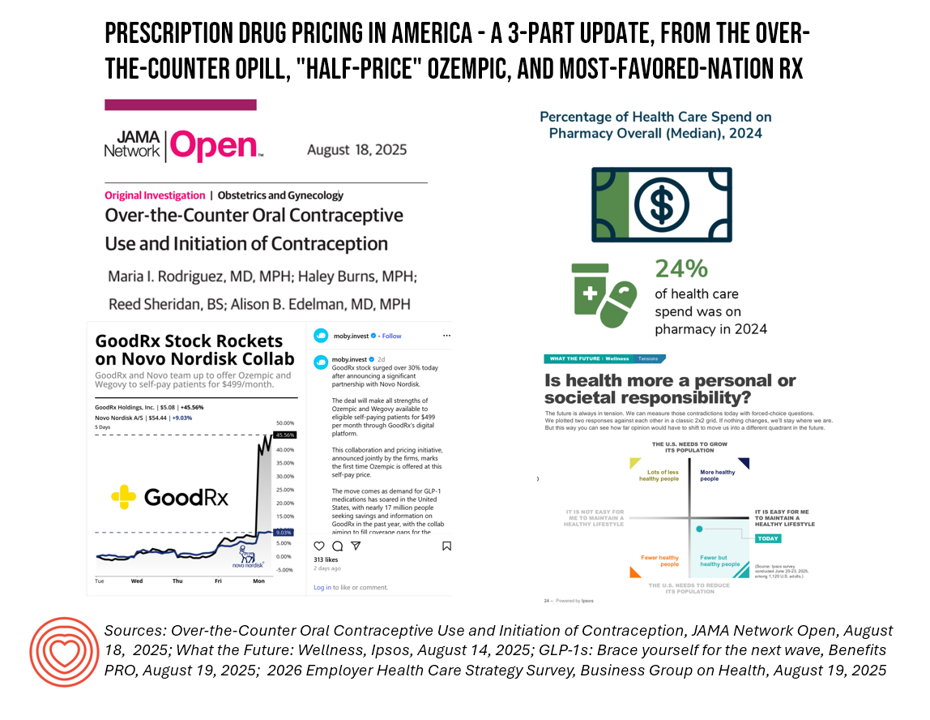Modern doctors aren’t just caregivers; they’re also clerks. They spend much of their day seeing patients and much of what remains drafting and inputting clinical notes of those visits. That takes a toll. More than 45% of physicians suffer from burnout, according to the American Medical Association—and the clerical demands of their work, which often spill into their evenings, are a documented part of the cause.
But now there may be a solution: According to a new study published in JAMA Network Open, artificial intelligence systems known as ambient documentation technology, which record patient visits and draft notes for the doctors, can reduce burnout rates by nearly 31%.
“This incredible reduction in burnout [is] really bringing joy back to medicine,” says Dr. Rebecca Mishuris, a primary care physician, chief medical information officer at Mass General Brigham, and co-senior author of the study. “I want to make sure that everyone is given a fair chance to experience that benefit and work with individuals and support them to use the technology to its fullest extent.”
To conduct their work, the researchers recruited 873 physicians at Mass General Brigham and 557 at Emory Healthcare in Atlanta. These doctors encompassed a range of specialties, including surgery, urgent or emergency care care, pediatrics, infectious disease, and more. Their experience ranged from just one year in practice to more than 20. The doctors took surveys measuring burnout and well-being at various points over nearly three months.
Read More: ChatGPT May Be Eroding Critical Thinking Skills, According to a New MIT Study
Most of the doctors failed to follow-up for the length of the study; by the end, the response rate was just 22% for the Mass General Brigham doctors and 11% for the ones at Emory. But the results were encouraging for the minority of physicians who did share their thoughts. Among the Mass General Brigham doctors, the AI assistant—documenting patient visits in the background—was associated with a 21% reduction in burnout, while at Emory it led to a 30% increase in well-being.
“I think that response rates are always difficult, particularly when you’re talking about busy clinicians,” Mishuris says. “For us, part of the response was that people continue to use the system today, and it has spread like wildfire.”
Many of the doctors were enthusiastic about ambient documentation. “It definitely improves my joy in practice because I get to interact with patients and look them in the eye without worrying I will forget what they’re saying later,” wrote one infectious disease specialist in a survey response. “As the tools grow, I think they will fundamentally change the experience of being a physician.”
“Exceptionally helpful,” wrote a neurologist. “Definitely improves my contact with patients and families and definitely makes clinic easier.”
But there were naysayers, too. “I tried it but found it added 1 to 2 hours a day to my note writing,” wrote one pulmonologist. “I’m not ready to hand my documentation over to AI yet,” concluded a primary care and internal medicine specialist.
Read More: A Psychiatrist Posed As a Teen With Therapy Chatbots. The Conversations Were Alarming
Mishuris is mindful of these criticisms. “Clearly this is not going to be a technology that is beneficial to everyone,” she says. “Every clinician has a slightly different workflow and a slightly different approach to their documentation. Some people are willing to hand things over to AI—to give up that sense of complete control, knowing that they do have complete control over the final product, but not over the draft.”
More research remains to be done. In their paper, the authors acknowledge that the relatively low response rate might indicate that only the most enthusiastic users were following up, skewing the responses toward the positive, while the users who did not find any benefit from the technology remained silent. And not every medical field lends itself to an AI assistant. One pediatrician pointed out that most of the patient visits in that specialty involve physical exams, which can’t be captured by AI. A hospice and palliative care doctor complained that the system didn’t work well when it came to psychosocial and spiritual health issues.
It has now been a year since the first results came in, and Mishuris and her colleagues are working on a followup study building on the initial work.
The authors believe that artificial intelligence can fill a gaping need in the world of medicine. “TK,” Mishuris says.




